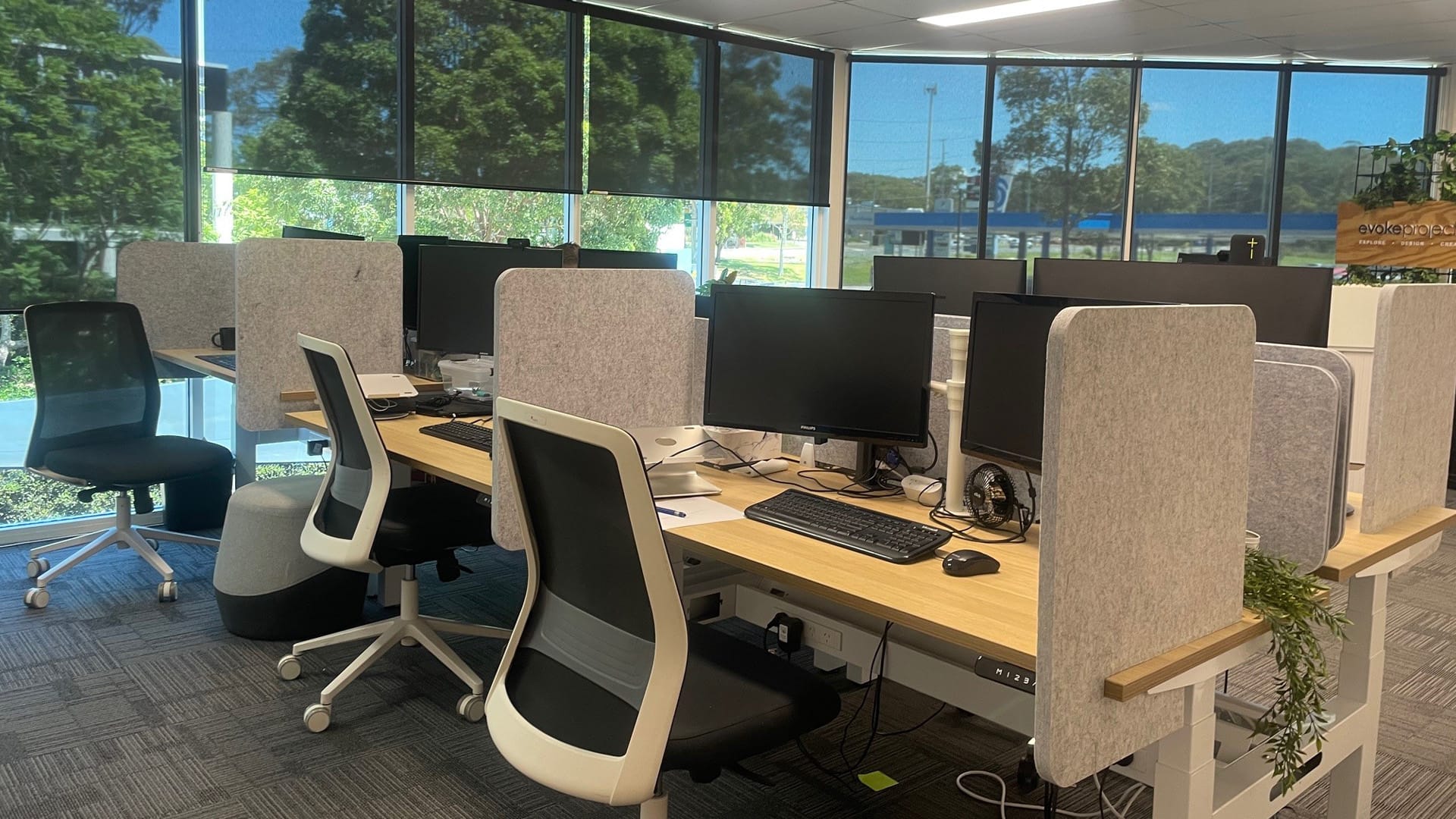
Part of any small business’s plan should be financially forecasting for the future. With any business, big or small, it’s crucial to have an understanding of what money is coming in and what money is going out. Otherwise, you run the risk of losing that well-earned cash.
So where do you start?
What is a forecast?
Forecasts assist in managing your finances, acting as a future prediction of what your business will earn and what outgoing costs you will incur.
Predicting the future isn’t easy, especially if you’re a small startup. There won’t be a trading history and you won’t even know your estimated figures because there’ll be nothing to base this idea on.
However, what’s key when forecasting is remembering that it is a fluid document and a fluid idea. In fact, you’ll need to make adjustments frequently so your forecast becomes more accurate. And it will become increasingly precise as the months and years go on.
What should the forecast include?
When starting your business, weekly, fortnightly or monthly forecasts are advisable. Financial forecasting for a new business involves time and research. Forecasting isn’t just based on previous business performance and predicted performance alone, but also how the wider market is behaving. Take the time to understand your competition and how they’re tracking, and use these insights to gain a better indication for your business’s future.
Small business financial forecasts will likely include:
- All start-up costs: This will cover all fees (legal and accounting), insurance, fixtures and fit-out costs, advertising and marketing, any cash required to get the business up and running, and security bonds.
- Estimated sales: While this can be difficult, estimating sales is key. If you have a new business, look into other businesses similar to yours. Base your estimates on market research and any industry benchmarks that you can find.
- What expenses you’ll likely incur: This estimates your ongoing operational costs and may include commercial rent, ongoing marketing, wages and fees. Again, for new businesses, try to base these figures on research.
- Estimation of cash flow: This provides an idea of the amount of money expected to come in and out. Essentially, it’s a projection of income and expenses.
Whenever you’re forecasting, remember to leave some room for flexibility. While forecasting gives you an idea of what your finances will look like, it’s just an estimate. Allow room for any likely changes, for example, new staff members to help with growth, or an increase in costs of goods.
Prepare a budget
The first step when setting up a forecasting document is creating a budget. While it may sound tedious, a budget is an essential component of any small business. And it’s actually not as hard as most people think.
The budget will help you understand your business’s financial position – both now and moving forward. It can also help you meet your financial goals and ensure you are keeping on track with your expenditure. The wonderful thing about a budget also is that it will show you if you are bringing in any extra money that can be used for growth activities.
The key thing to remember is that you understand your budget’s purpose. It’s an educated guess, not set in stone. You will need to make some assumptions. But it’s fluid, and can and should change as your business grows.
There are some simple steps to follow to get this done:
- Choose a timeframe that the budget will cover – monthly, quarterly or yearly?
- Write down all your fixed expenses – salaries, rent, insurance or any other known costs.
- Note down your variable costs – utilities, materials, any staff wages and estimated tax.
- Write down your expected incomings – what income is expected over the period? You’ll get a better idea of this as your business grows.
Then, throughout the nominated period, and record the actual amounts alongside the estimated numbers. Look at the difference and you’ll get an idea of what’s going on so you can forecast going forward.
Always be realistic
When it comes to the forecasting and your budget, always be realistic. Often with forecasting there is a natural tendency towards optimism, however there’s no point even going through the motions of forecasting if you’re not going to be honest with yourself.
Budgeting helps plan for the future. It helps review how you are performing. And both of these things need to be accurate in order for your business to grow effectively. Being unrealistic will just hinder your opportunities.
It’s also crucial to be consistent. Use the same methods going forward and review your budget and benchmarks that you used at the very start. If you’re struggling with estimating, always err on the side of caution – choose a more conservative figure than an optimistic one.
If need be, cut some costs
When forecasting, you may find some areas where you’re spending more money than you should be. That’s the beauty of budgeting.
Look at your budget and forecast document and see where you can cut costs. If marketing or advertising is taking a big chunk of your startup costs, research alternatives. If commercial rent is denting your forecasted profits, consider hiring a co-working office space. Co-working spaces offer a flexible and cost effective way to reap the benefits of a commercial office, for only a fraction of the cost. With no security bond or high rent, fixtures already done and only a small fee for service, co-working spaces are an excellent way to cut operating costs for your business.
Whatever method you choose to cut your costs, there’s no way you’ll be able to see where the wiggle room is without a budget or a forecast. Reduce your operating costs and maximise profits through the Nexus Smart Hub office spaces. Our office spaces on the Central Coast include workstations, meeting rooms, offices, training areas and event spaces. Discover the Nexus Smart Hub advantage today.





